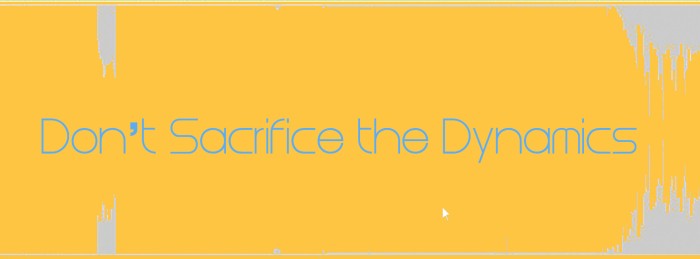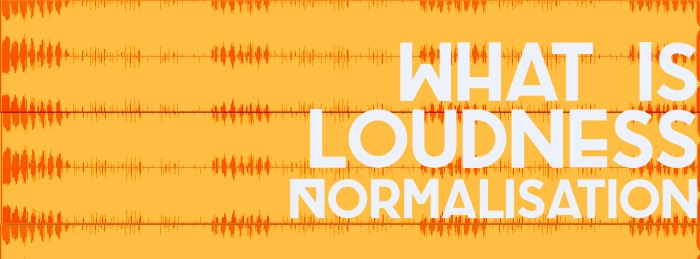Another year, another unfeasibly long list of records being released especially for the nostalgic, vinyl loving elite (which is now everybody), Record Store Day is almost here.
For a mastering engineer, anyone mentioning the word ‘vinyl’ will more than likely get a hug when they want an album mastering. Contrary to popular belief, vinyl records aren’t preferred because we are all super-hipsters, it’s because music just sounds that bit better on a record. How does it sound better? Essentially, in short, it’s just not as loud, which means that the dynamics and other bits of niceness shine through more.
If you want to find out more about mastering specifically for vinyl, and want to know what the difference is, check out this post on mastering for vinyl. If you’re not interested on the other hand, carry on reading to see what the guys at Mastering World have picked as their best buys for Record Store Day 2016.
For Record Store Day, we like to get a good mixture of possible releases to whet your appetite. After all, the Record Store Day list is quite extensive, this one’s a little easier to digest. Check out our top 20.
Here’s some of the staff picks for Record Store Day 2016.
- Chase & Status – London Bars – heavyweight 12” vinyl
-
Doctor Who – Genesis Of The Daleks – Pressed on Blue Vinyl
-
Ian Brown – Solarized – Limited edition single heavyweight vinyl
-
Mungo’s Hi Fi – Jump in line – Black dinked vinyl
-
AIR – Casanova 70
-
Funkadelic – One Nation Under a Groove
-
Johnny Cash – All Aboard the Blue Train
-
Manics -A Design For Life
-
The Orb – Adventures Beyond the Ultraworld
-
Clutch – elephant riders
-
Deftones – B sides & raritiez
-
Glen Hansard – a season on the line
-
James Bay – Chaos and the Calm
- Run The Jewels – VRTJ
- Nirvana – Live on Kaos-FM Seattle 1987
- Circa Waves – Something Like You
- Foals – Rain/Daffodils
- Motorhead – Bad Magic
- NOFX – Sid & Nancy
- The Weeknd – The Remixes
Check out the full list for Record Store Day 2016.









